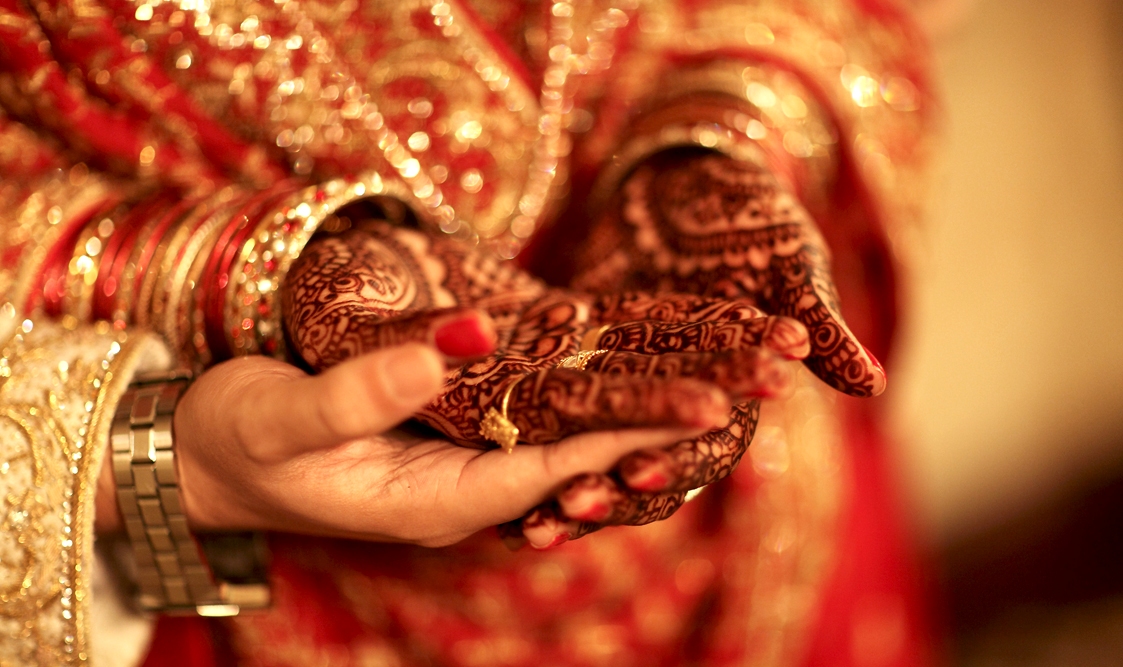

Choosing your husband yourself only slightly reduces this chance. If you are an Indian woman, there is a 1 in 3 chance that your husband will physically or sexually assault you after marriage. in factors that maintain or increase love in romantic relationships, the arranged marriage is potentially a fertile area of study. a marriage planned and contracted by the parents or other relatives of the couple.

And since this existing formula had worked for centuries, I didn’t. Generations of people before us had made it look successful and even easy. Across the studies, these numbers are shockingly high. Arranged marriages were all we had ever known. Another study using a larger sample of 28,000+ married women from the 2007 National Family Health Survey data reported that 35% of women had suffered such intimate partner violence. Those who got a semi-arranged marriage were less likely (34.8%) to have experienced sexual violence than those who got a fully-arranged marriage (49.4%) 8. In one recent study, the authors found that regardless of how they got married or their economic or educational status, fully 45.5% of all Indian women experienced some form of physical or sexual violence from their husbands after marriage 7. Arranged marriages are logical decisions and impulsive By far the biggest advantage of arranged marriage is that you now have someone to think rationally and leave out the emotions. Indian Married Women & Physical and Sexual Violence There are two types of arrange marriages. In certain parts of the world, it is still the primary approach. Historically, arrange marriages were the main way to marry. Not surprisingly, the less educated, poorer, and rural Indian women are the ones that are subjected to a fully arranged marriage, usually before they have turned 18. An arranged marriage is a marital union between a man and a woman who were selected to be wedded together by a third party. In contrast, in the economically advanced states, close to 50% of the women had at least some say in selecting their husband, engaged in supervised courtship, or chose their mate themselves. In these marriages, grooms from the same caste and religion are considered and the bride’s parents weigh his education, profession, social and economic standing with their ability to afford the corresponding dowry amount 5. Their parents and elders chose for them and they had to cooperate and marry a stranger without any prior interaction or knowledge of their soon-to-be-spouse. They had no voice whatsoever in selecting their husbands. In one large study of close to 14,000 young married women 4, a vast majority or 91% of Northern women got “fully” arranged marriages. In some religious traditions marriages are arranged by the young person’s family. Within India, there are significant differences in marriage customs between the economically advanced southern and western states such as Tamil Nadu and Maharashtra, and the less developed northern states such as Bihar and Jharkhand 3.

The North-South Divide & Fully Arranged Vs.


 0 kommentar(er)
0 kommentar(er)
